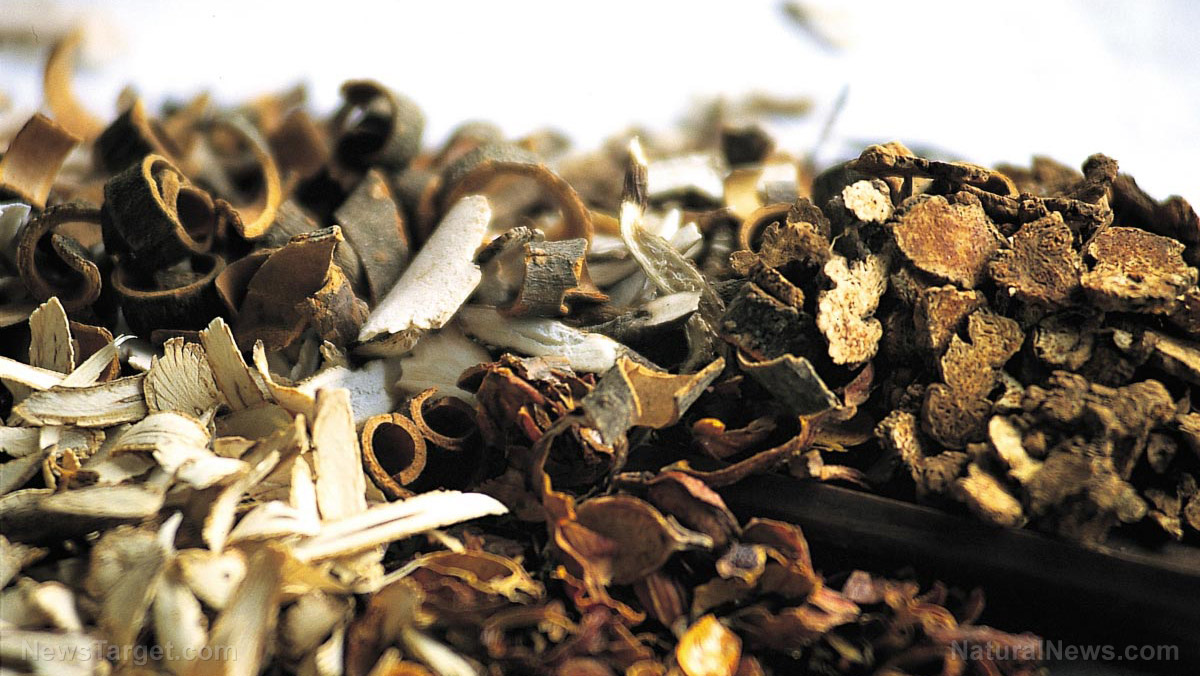
This study focused on one particular group -- the Basotho people who live in Lesotho and the Free State Province of South Africa -- and the plants that they use in treating skin disease. Researchers singled out skin disease as the primary focus of the study, citing that scientific literature regarding the factors, distribution, and outcomes of skin diseases in the two regions is limited. Additionally, this is compounded by challenges faced by the area, especially with the provision of adequate health facilities. Exploring herbs and plants that people from rural areas use in treating skin conditions would provide a better understanding of its therapeutic properties and its possible use as alternative medicines.
The research team reviewed ethnobotanical data (that is, information derived from cultural context and human and plant interrelationships) for this study. Data used ranged from literature surveys to reviews and books, as well as empirical evidence from the authors. Scholarly articles and previous research data regarding the plants were also utilized to determine their therapeutic properties.
The findings pointed that most of the plants that were used in traditional medicine may have scientific evidence to corroborate their claims. Among the plants that were identified to have therapeutic properties include:
- Dlutshana (Afroaster hispida): The plant was found to be high in antimicrobial activity against E. coli, Klebsiella (which can infect skin and soft tissues), and infections caused by Staphylococcus aureus.
- Century Plant (Agave americana): While this plant is not native to the region, it contains flavonoids, saponins, and glycosides which have high antioxidant content and has anti-inflammatory properties.
- Incumbe (Boophone disticha (L.f.)): The leaves of this plant are placed on circumcision wounds, and studies have proven that can be a useful antimicrobial treatment for E. coli and staph infections.
- African Bulbine (B. frutescens (L.) Willd.): Fresh sap from the plant is used to treat ringworm, eczema, burns, and cracked lips. It contains antioxidants like saponins and tannins, and studies have noted that it is effective against Micrococcus kristinae, a bacteria which can cause urinary tract infection, peritonitis (abdominal inflammation), and dacryocystitis (infection of the tear sac).
- Common Thorn Apple (Datura stramonium L): When its leaves are heated, these can be used to treat abscesses, bruises, and boils. Studies have shown that aside from possessing a high antimicrobial activity against E. coli, it also is active against Fusarium culmorum -- a soil-borne fungus known to damage cereals and grasses.
- Dwarf Elephant-root (Elephantorrhiza elephantina (Burch.) Skeels): A plant used to treat herpes sores and ulcers, it also has shown antimicrobial activity against Shigella infections (shigellosis).
Based on ethnobotanical data, the 57 plant species observed in the study were found to come from either the Asteraceae (daisy), Solanaceae (nightshade), or Asphodelaceae (aloe) plant families. The plants were used to treat a variety of diseases, including boils, burns, cracked lips, venereal sores, and wounds. Dosage forms for the plants were also observed to differ -- mainly, leaves are applied as a hot poultice, an infusion, a decoction, or as a topical solution from burnt powder.
While the study determined the potential of plants to treat skin conditions, more plants that are used in treatment have not yet been fully explored. This certainly opens up greater possibility on how people can wean themselves from traditional drug treatments and explore safer, natural options with herbal medicine. (Related: Herbal medicine saves lives, lifts villages out of poverty.)
Learn even more herbs that help rejuvenate your body by going to Herbs.news today.
Sources include:
Please contact us for more information.























